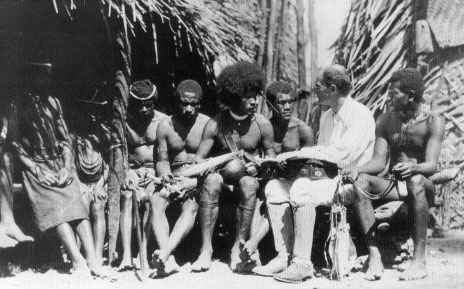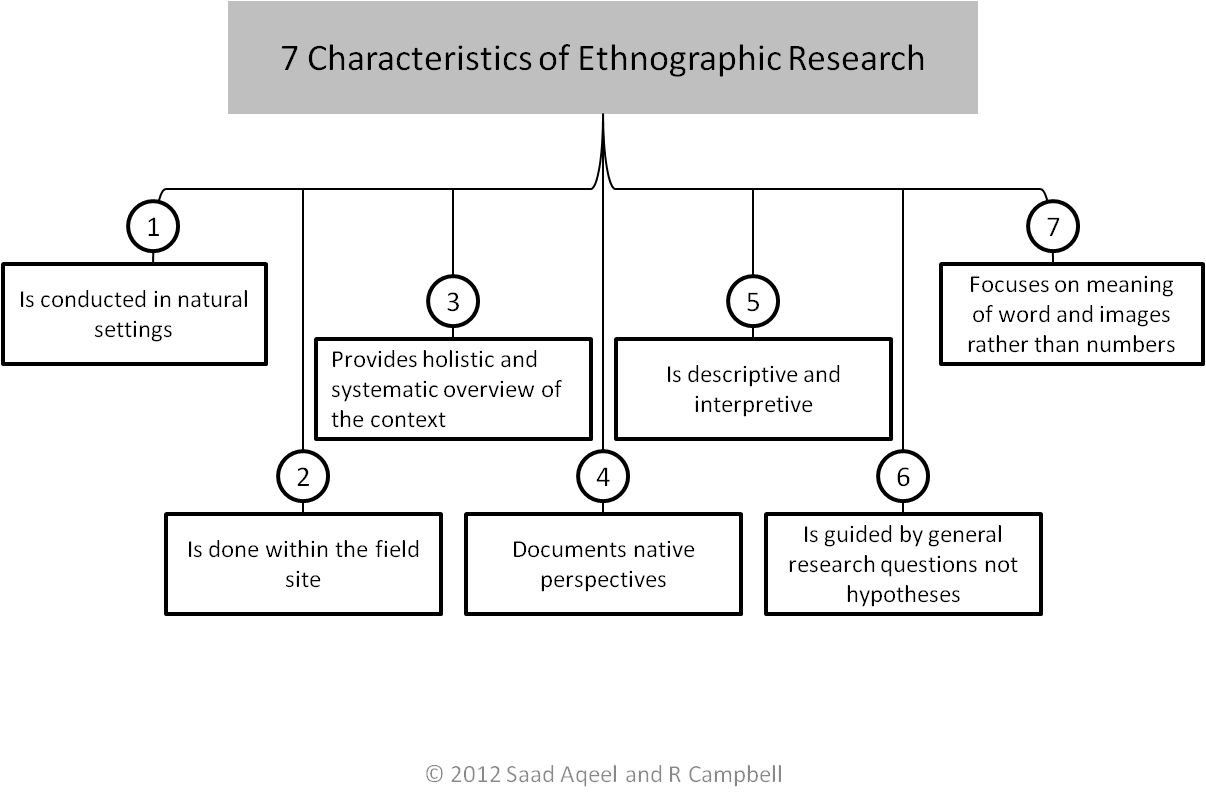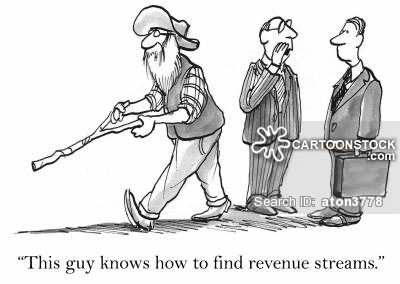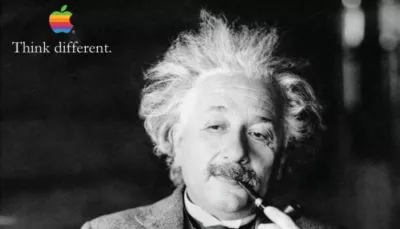How to explore people beyond surveys
Surveys are only one tool in a people focused strategist’s toolbox. Yet, while potentially powerful, when used naively can be more dangerous than a monkey in a banana store. Below are ten examples of non-survey research methodologies used by professional market researchers to truly understand what makes people tick.
Critically, it is not all about ‘BIG DATA’ (nor Artificial Intelligence). Often the most valuable strategic insight is small, focused on real people in the real world where they live, work, think and interact. Combining this with BIG DATA can be powerful.
Small data–Don’t forget to focus on real people in the real world
1. Ethnography
Ethnography is the recording and analysis of a culture, society or community. This might be an ethnographer immersing themselves into a particular segment of the population, such as a primitive tribe or grocery shoppers. Observations are collected via photos, videos, notes and other recordings. Ethnography studies seek to identify patterns of behaviour such as shopping process, decision making and how people interact with each other. Data may be collected via a person actually positioning themselves in-situ in a store, event or cultural or community hub. Alternatively, ethnography can be via analysis of video or other recordings.
2. Semiotics
This involves the study of symbolism and meaning in the community. The researcher seeks to find patters in the use of signs and sign processes, indication, designation, likeness, analogy, allegory, metonymy, metaphor, symbolism, signification, and communication. Are there trends and patterns in the logos, imagery and visuals used by big and small brands in a community? Such researchers may observe patterns and seek to identity the meaning behind these. Semiotics involves the analysis of Icons (communicate a visual image); Indexes: (communicates something about the quality of an idea); Symbols (induce certain state of mind in people). What are the hidden meanings? An example here.
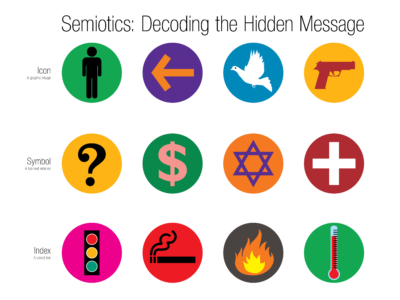
3. Indepth interviews
These interviews tend to be face-to-face, over the telephone or online, and involve one to three people from a niche or segment being interviewed by a researcher. These may be consumers or key businesses and/or stakeholders. The interviews gain an in-depth understanding of individuals through deep questioning of opinions in a qualitative interview format. Such interviews would typically take 30–60 minutes, and allow for a trusted open discussion to be conducted to understand the target audience and/or to explore test ideas and concepts. Typically such interviews are audio and/or video recorded and transcribed following to allow for analysis and patterns across multiple interviews.
4. Focus groups
Focus groups are a small group of people of around 6–10 individuals sitting in the same room together, typically with a consistent profile?–?e.g. age, gender, behaviour and/or customer vs non-customers. Such discussions are typically moderated by a professional research facilitator over one to two hours per discussion, who guides an open and honest discussion across the group as to consistent views and differing opinions. Clients are generally able to view via a viewing room and/or CCTV. Focus groups tend to be audio and video recorded, conducted in a professional focus group facility with client viewing capabilities. Confidentiality of participants is assured. Typically one or two focus groups is conducted per segment. This allows for multiple discussions, which allow for identification of consistent patterns, rather than being subject to group dynamics. Participants are generally paid a small honorarium payment to attend the 60–120 minute discussions.
5. Affinity discussions
While similar to focus groups, affinity discussions are unique in that they tend to be conducted in the participant’s natural environment, rather than a focus group facility. This may be a home, community sports club or other venue for likeminded individuals. Affinity discussions would generally be conducted in the ‘natural environment’ of participants to allow them to be very relaxed. They are powerful in that a topic can be explored as if amongst a group of friends and family, so the depth of exploration can be fascinating.

6. Online focus groups
While there are some similarities of online and face-to-face focus groups, the difference is that participants are interacting via a website, online software or mobile. The value of online focus groups is the ability to engage people in geographically diverse and/or isolated areas. Conducting the discussions via a text chat capability, and using visual prompts allows participants to openly discuss topics with greater confidentiality than traditional focus groups, so are ideal for sensitive topics. Analysis can be conducted with ease as transcripts of discussions can be downloaded and analysed. Online focus groups may be conducted over a similar 60–120 minute duration, they can be taken over a longer period, e.g. several days, to allow participants to build a deeper conversation. A value of online focus groups can be the cost efficiency of engaging across a wide geographic area, however, the loss of human interaction and debate can be a deterrent in some discussions.
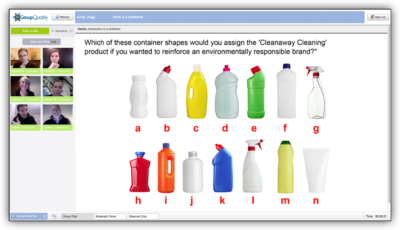
7. Online communities
Online communities are becoming an increasingly widely used research methodology. People from a like minder community or segment are invited to join an online community. This may be a brand, a sports club or a service looking to engage their customer base in consultation and decision making. On-line communities may allow for quick or even instantaneous feedback on questions being debated internally, or can play a valuable role in crowd sourcing ideas, recording diaries of their lives, setting priorities and becoming more intimately part of the world of followers and customers. Often the facilitator’s role is to feed the conversation over time, seeding new discussion streams. Also, online communities generally allow for data collected to be stored and analysed with the utmost ease and professionalism.
8. Customer data
There is often much hype and chatter around the availability of customer data. However, the ability to unleash the insights is more complex. Assuming the data is collected and stored to ensure it is reliable and robust, and easily analysed, it can be strategically valuable. Analysis of customer data allows for the identification of patterns to be identified. This can include segmentation of customers, identification of behaviours and predictive analysis. The tendency can be to get lost in the customer data and unable to see clear patterns. Being clear about the available data and hypothesis to prove (or disprove), can help streamline the process and return on investment.
9. Social data
People are ever sharing data via social media–Facebook, Twitter etc–and while the data is not always easy to access, there are now tools available to support the easy collection, monitoring and analysis. From a research side, the challenge can be in collecting the data in a structured format to allow for reliable analysis of segments and distinctive groups, e.g. what do young people think vs older people? Analysis of social data can be at a very basic level of observation and patterns, to more complex use of APIs, data scraping and analysis. More here.
10. Open data
In recent years, the government and other organisations across the world have started to release data from many of the services they offer. This may range from transport data, to behavioural data or demographic data. This is making it easier to combine the skills of programmers with data scientists and others to find meaning and value from previously under utilised data. This may include snap shots at a point in time, or provide real time data to track movements. Analysis tools such as Tableau make it easier to combine data from various stalkers to provide greater strategic value.
Big data–Take a helicopter view of the world, segments and trends
Professional researchers employ strict survey methodological standards, and combine these with a variety of other small and big data and analysis to more accurately and deeply identify patterns, trends and strategic opportunities.
